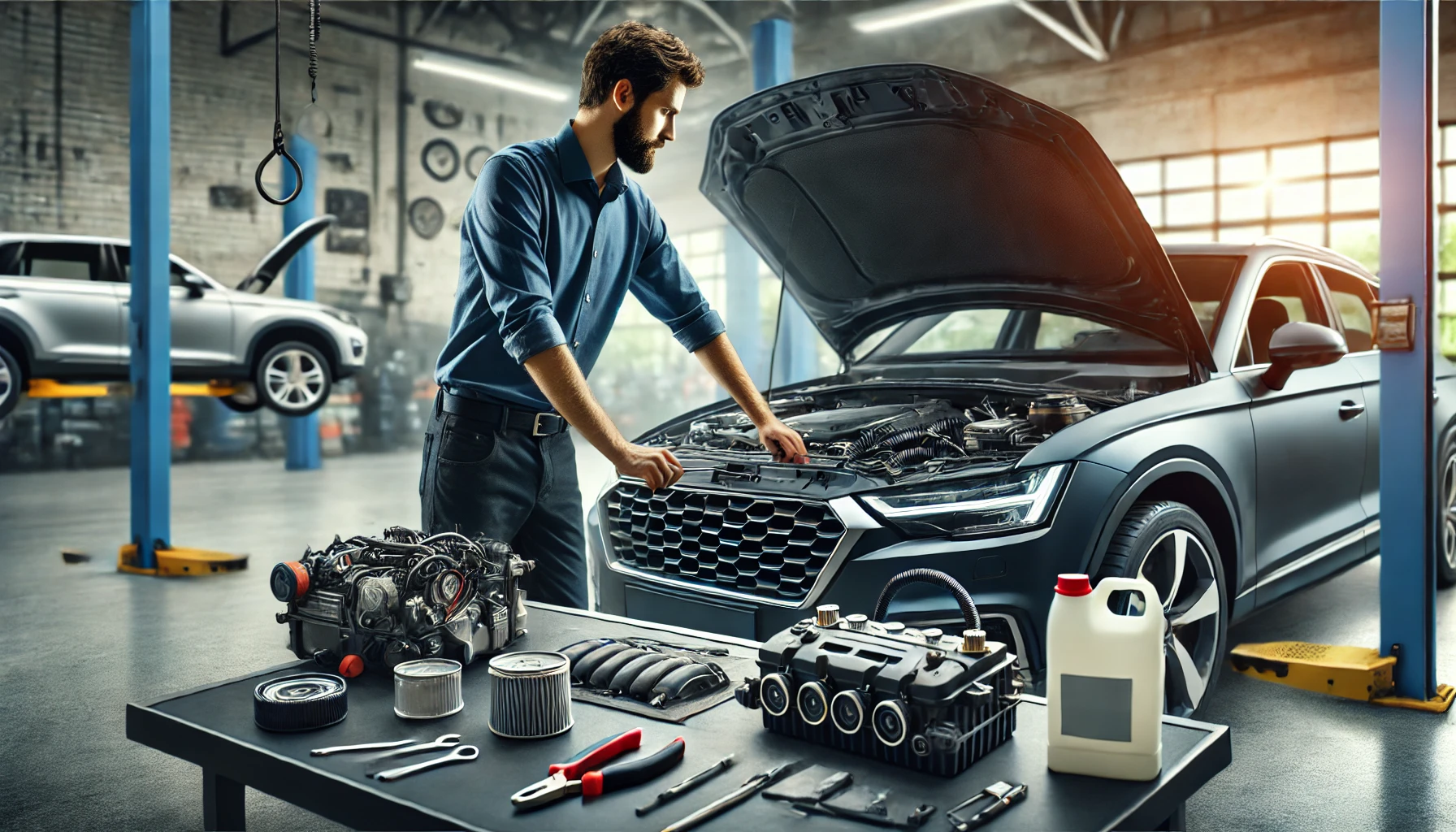With rising fuel prices, saving on gas has become a top priority for many drivers. Fortunately, there are practical ways to reduce fuel consumption and lower your overall car expenses without compromising your driving experience. In this guide, we’ll share the best fuel-saving tips to help you get the most out of every tank.
1. Drive Smoothly and Avoid Aggressive Acceleration
One of the biggest factors affecting fuel consumption is driving behavior. Rapid acceleration, hard braking, and excessive speeding can burn more fuel than necessary.
How to Drive More Efficiently:
- Accelerate gradually instead of pressing the gas pedal aggressively.
- Maintain a steady speed—use cruise control on highways when possible.
- Avoid unnecessary braking by keeping a safe distance from other vehicles.
- Slow down smoothly instead of stopping suddenly.
By driving smoothly, you can improve fuel efficiency by up to 30%, depending on your driving habits.
2. Reduce Unnecessary Weight
The heavier your car, the more fuel it consumes. Removing excess weight can make a noticeable difference in fuel economy.
Ways to Reduce Weight:
- Remove unnecessary items from the trunk and back seat.
- Avoid carrying roof racks or cargo boxes when not needed, as they create drag.
- Keep only necessary emergency equipment in your vehicle.
Every extra 100 pounds in your car can reduce fuel efficiency by 1–2%.
3. Keep Your Tires Properly Inflated
Underinflated tires create more resistance on the road, making the engine work harder and increasing fuel consumption.
Tire Maintenance Tips:
✔ Check tire pressure at least once a month and before long trips.
✔ Follow the manufacturer’s recommended pressure levels (found in the owner’s manual or inside the driver’s door).
✔ Rotate tires regularly to prevent uneven wear and improve efficiency.
Properly inflated tires can improve fuel economy by up to 3%.
4. Use the Right Motor Oil
Using the wrong type of motor oil can increase engine friction and reduce efficiency.
Best Practices for Engine Oil:
- Always use the manufacturer-recommended oil type (e.g., synthetic or conventional).
- Change the oil at recommended intervals to maintain engine efficiency.
- Check the oil level regularly and top up when necessary.
Using the right oil can improve fuel efficiency by 1–2%.
5. Avoid Idling for Long Periods
Leaving your car running while parked wastes fuel and contributes to unnecessary emissions.
What to Do Instead:
- Turn off the engine if you’ll be stopped for more than one minute.
- In traffic, avoid unnecessary idling by using start-stop technology, if available.
- Warm up the car by driving gently instead of idling for long periods in cold weather.
Modern engines are designed to warm up quickly while driving, making prolonged idling unnecessary.
6. Plan Your Trips and Combine Errands
Frequent short trips waste more fuel because the engine doesn’t reach its optimal efficiency.
Fuel-Saving Trip Strategies:
- Plan your route to avoid unnecessary detours and traffic congestion.
- Combine multiple errands into one trip instead of making separate trips.
- Use navigation apps with traffic updates to find the most efficient route.
Efficient route planning can reduce fuel consumption by 10–20%.
7. Use Air Conditioning Wisely
Air conditioning (AC) puts extra load on the engine, increasing fuel consumption.
When to Use AC and When to Avoid It:
- Use AC only when necessary—on hot days, try using the fan or opening windows at lower speeds.
- At highway speeds, keep windows closed to reduce wind resistance.
- Park in shaded areas to keep the car cooler and reduce the need for AC.
Using AC efficiently can save up to 5–10% on fuel.
8. Follow the Speed Limit
Driving at high speeds increases aerodynamic drag, forcing the engine to work harder.
Best Speeds for Fuel Efficiency:
- 50–65 mph (80–105 km/h) is generally the most fuel-efficient speed range.
- At speeds above 70 mph (113 km/h), fuel consumption increases significantly.
Slowing down by just 5–10 mph on highways can improve fuel efficiency by 7–14%.
9. Use Higher Gears When Possible
For manual transmission cars, shifting to higher gears at the right time reduces engine strain and fuel usage.
Fuel-Saving Gear Tips:
- Shift gears smoothly and early, without over-revving the engine.
- Use overdrive mode on automatic cars for better fuel economy.
- Avoid driving in low gears at high speeds.
Using the correct gear can increase fuel efficiency by up to 15%.
10. Consider Fuel-Efficient Vehicles
If you’re looking for a new car, consider a model with better fuel efficiency.
Best Fuel-Efficient Vehicle Options:
🔹 Hybrid cars – Use electric power for better mileage.
🔹 Electric vehicles (EVs) – No fuel costs, but require charging infrastructure.
🔹 Diesel cars – More efficient for long-distance travel.
🔹 Compact cars – Lighter and more fuel-efficient than SUVs.
Choosing a fuel-efficient vehicle can save thousands of dollars in fuel costs over its lifetime.
Final Thoughts
Reducing fuel consumption isn’t just about saving money—it’s also about reducing emissions and making driving more efficient. By following these tips, you can maximize fuel efficiency, cut car expenses, and make every tank last longer.


